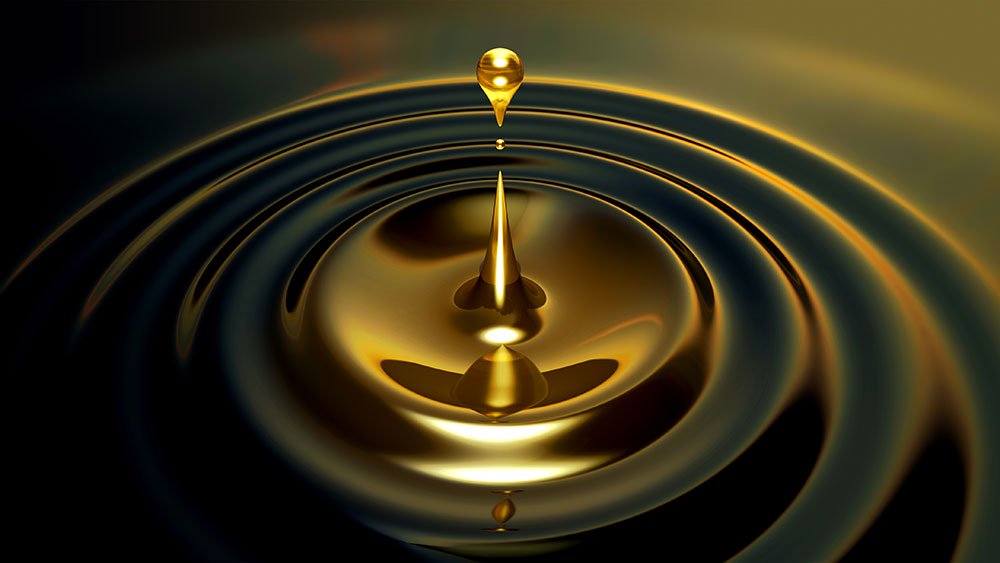Your cart is currently empty!


Aromatherapy is the practice of using highly aromatic plant oils (known as essentials oils) for therapeutic benefit, due to its relaxing and stimulating effects for both the mind and body.
The practice of aromatherapy itself has been used for centuries, but today, we are lucky to be able to incorporate essential oil rituals into our day with ease thanks to advanced developments in technology.
At WholyMe, we strongly believe in the power of essential oils for improved wellbeing — from their calming properties to their ability to soothe tensions in the body — and proudly use them in our products. Let’s explain how they work.
What are essential oils?
Essential oils used in aromatherapy are made from the distilled essence of flowers, resin, seeds bark, leaves, buds, resins or the roots of particular plants. These are then steamed or pressed to capture the compounds that produce their soothing fragrances that we love. Essential oils are highly concentrated and typically, it will take a lot of plant volume to be able to create a small amount of oil. For instance, for one drop of precious rose essential oil, you will need 20 kilos of petals.
There is a large variety of essential oils to choose from, and all with different properties. Examples of some popular essential oils include:
- Pure lavender
- Lemongrass
- Ginger
- Frankincense
- Pure peppermint
- Patchouli
- Tea tree oil
- Eucalyptus
- Rosemary
- Ylang ylang
How aromatherapy works
The powerful smell of essential oils can be harnessed in a number of ways. For instance, essential oils can be inhaled, and when this happens the scent molecules within them travel from the olfactory nerves straight to the brain. This is known to also travel to the part of the brain that processes emotions, the amygdala.
Essential oils can also be absorbed through the skin, which may involve applying oils topically directly (in a dilute form) or adding them to products such as bath salts.
Ways in which essential oils can be used include:
- Diluting them with a carrier oil (such as evening primrose or black seed oil) that is then massaged into the skin
- Adding a few drops of oil to warm bath water
- Blend a few droplets to an unperfumed moisturiser
- Adding a few droplets into an oil burner
- Putting oils into a diffuser or vaporizer.
If using a pure essential oil, you should be careful to ensure it never goes directly onto the skin, as they are highly concentrated. Make sure the essential oil is diluted either by water, in a diffuser or through an oil burner. Alternatively, you can use a carrier oil with your chosen essential oil.
What is aromatherapy used for?
Aromatherapy is renowned for improving overall wellbeing, with different essential oils having different purposes. For example:
- Eucalyptus essential oil: helps to purify, sand superbly effectively for cleaning for body and mind.
- Lavender: known for its ability to soothe tensions and aid relaxation thanks to its grounding effect
- Frankincense: used for its calming properties and for muscle relaxation
- Juniper: effective at its ability to ease tension and relieve joint pain
- Tea tree: known for boosting the immune system
What to look for in an aromatherapy product
Not all essential oils are made the same and they can widely vary in quality among suppliers. Here are some tips to help identify a good quality essential oil:
- Look for a supplier that lists the Latin botanical name of the plant species that has been used to extract the oil, as well as the origin and the method used for extraction
- In the UK, look for the Soil Association label on essential oil products
- Check the percentage used
- Opt for organic where possible
Here at WholyMe, we believe in the efficacy of using natural ingredients, and are proud to use essential oils in our products, which are certified organic by the Soil Association and 100% natural.